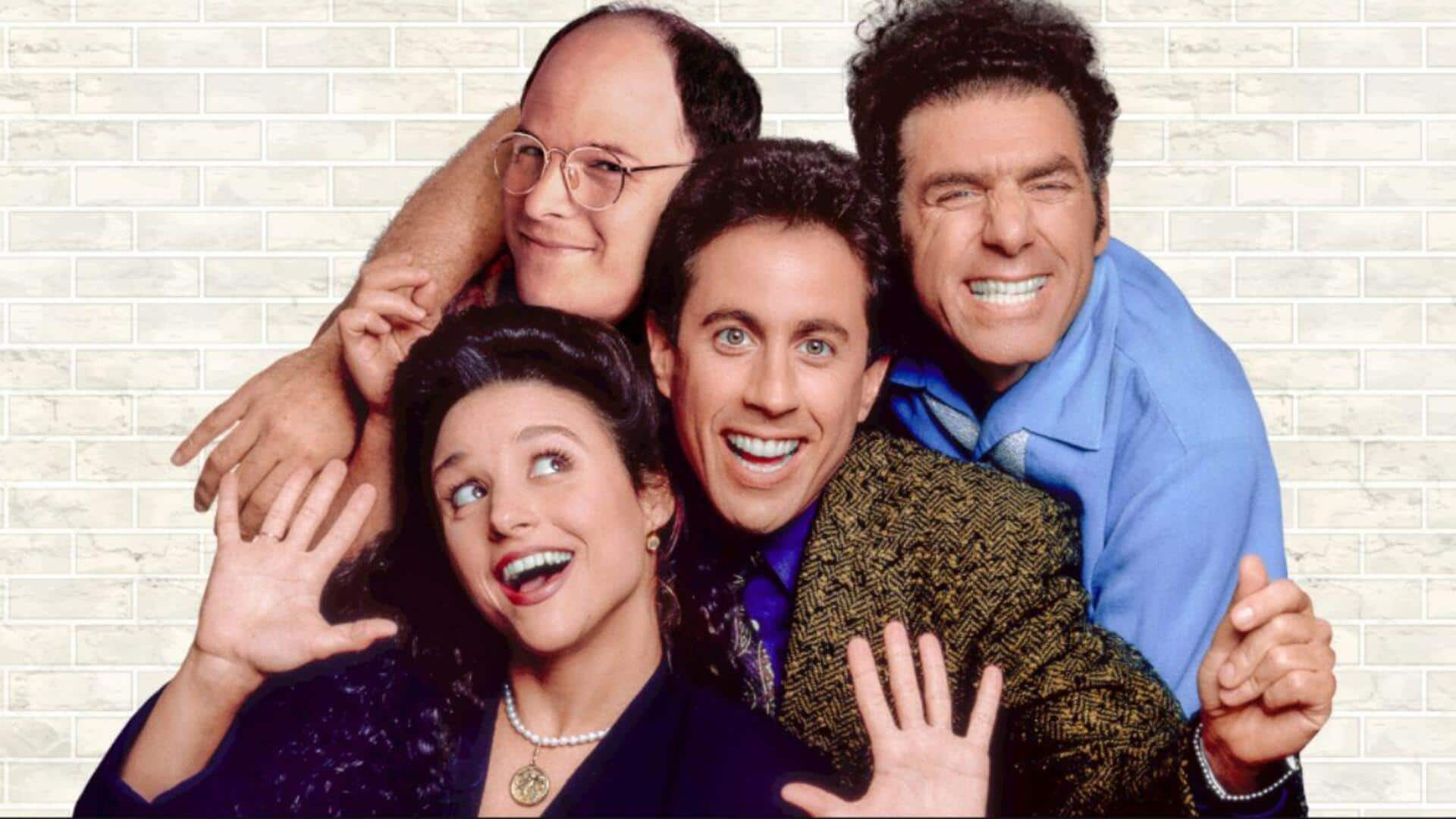
How Kramer's wild entrances became 'Seinfeld's secret weapon
What's the story
The television show Seinfeld is famous for its quirky characters and unforgettable moments. Above all, Cosmo Kramer's door slam entrances were a signature of the series. The energy Michael Richards brought to the scenes made them a hallmark of the show. Here's taking a look at how Kramer's iconic entrances came to be, what made them so popular, and the show's success.
Origins
The origin of Kramer's entrances
Kramer's entrances weren't written to be as spectacular as they later became. Michael Richards honed the trait over the years, taking cues from legends of physical comedy such as Buster Keaton. His knack for turning a mere entrance into a comedic spectacle was key in shaping his character's eccentric personality. The entrances soon became something viewers looked forward to, injecting an unpredictable energy into every episode.
Audience appeal
Impact on audience engagement
However, Kramer's door-slams were more than just comic relief; they were a major reason behind keeping audiences invested. The excitement of how he would enter next kept audiences glued, adding to Seinfeld's stellar ratings during the course of its run. According to surveys taken during the show's prime years, over 70% of fans listed Kramer's antics as one of their favorite things about the series.
Production insights
Behind-the-scenes challenges
Of course, creating Kramer's iconic entrances wasn't without challenges behind the scenes. The production team had to make sure that doors were reinforced and set pieces were secure enough to withstand repeated slamming without damage or injury. Despite these logistical hurdles, Richards's commitment never wavered, often rehearsing extensively to perfect each entrance while maintaining safety standards.
Comedy evolution
Influence on physical comedy in sitcoms
Kramer's dynamic entries have also left a lasting impact on sitcoms beyond Seinfeld. They demonstrated how physical comedy could be seamlessly integrated into modern-day television narratives without relying solely on dialogue-driven humor. This approach has influenced subsequent shows by encouraging writers and actors alike to explore more diverse comedic techniques within their storytelling frameworks.